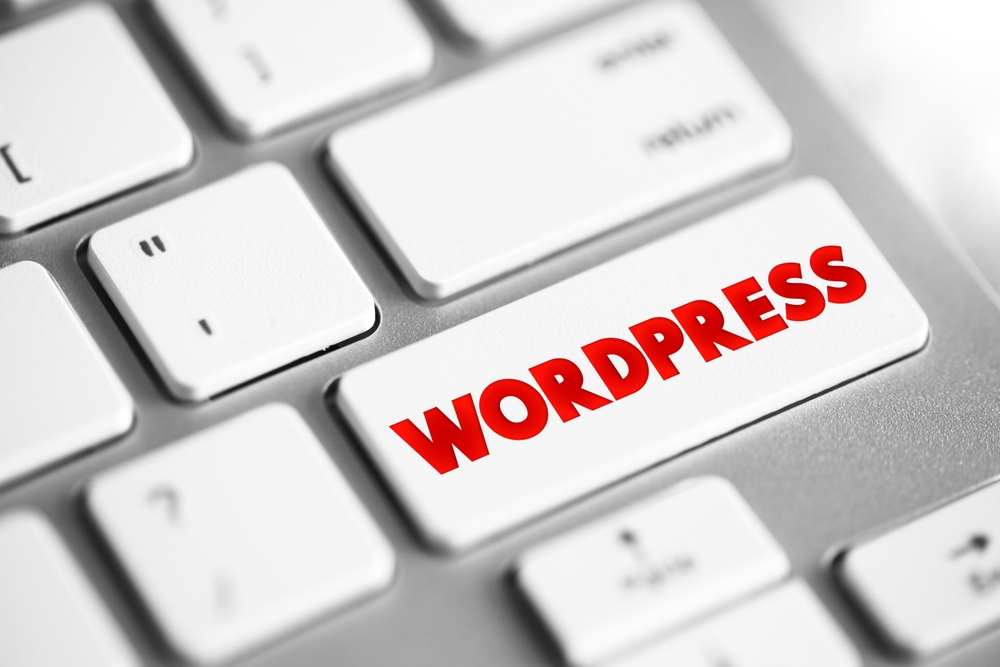
WordPress (the blogging platform) is undoubtedly one of the most popular and powerful content management systems (CMS) in the world. With its intuitive interface and extensive customization options, WordPress (or WP) has become the go-to choice for bloggers, businesses, and professionals seeking to establish an online presence. Whether you are a beginner or an experienced user, this article aims to provide you with essential tips and tricks to master WordPress (WP) , enabling you to customize and maintain your website effectively.
1. Choose the Right Theme
A well-designed theme not only enhances the aesthetics of your website but also affects its functionality. When selecting a theme, take into consideration the purpose of your website, the type of content you plan to publish, and your target audience. WordPress (the platform for bloggers) offers a vast library of both free and premium themes to choose from. Take your time to explore various options before settling on the best fit for your needs. Remember, a responsive and user-friendly theme is crucial for creating a positive user experience.
2. Customize Your Website with Widgets and Plugins
One of the greatest advantages of WordPress is its ability to extend functionality through the use of widgets and plugins. Widgets are small modules that can be added to different areas of your website, such as sidebars or footer, to display specific content or perform certain actions. Plugins, on the other hand, are software add-ons that allow you to enhance the features and capabilities of your website. Install only the necessary plugins to avoid bloating your site and slowing down its performance.
3. Optimize Your Website for Search Engines
Search engine optimization (SEO) plays a vital role in improving the visibility and organic traffic of your WordPress website. Install an SEO plugin, such as Yoast SEO or All in One SEO Pack, to optimize your content for search engines. Craft compelling meta titles and descriptions, use proper heading tags, incorporate relevant keywords, and optimize your images with appropriate alt tags. Regularly monitor your website's performance using analytical tools like Google Analytics to assess your SEO efforts.
4. Backup Your Website Regularly
No matter how secure and well-maintained your website is, unforeseen circumstances can occur, resulting in data loss or corruption. Therefore, it is essential to regularly backup your WordPress website to ensure the safety of your valuable content. Several reliable backup plugins are available in the WordPress repository, allowing you to schedule automatic backups and easily restore your website if needed. Always keep a copy of your backups in a secure location, such as cloud storage or an external hard drive.
5. Keep Your Website Secure
WordPress is a popular target for hackers due to its widespread usage. Therefore, it is crucial to prioritize the security of your website. Start by using strong, unique passwords for your admin accounts and regularly update them. Utilize security plugins like Wordfence Security or Sucuri Security to safeguard your site from potential threats. Keep your WordPress installation, themes, and plugins up to date to ensure you have the latest security patches installed. Regularly scan your website for malware and suspicious activities.
6. Frequently Asked Questions
Q1: How do I customize the appearance of my WordPress website?
A1: To customize the appearance, go to the WordPress dashboard and navigate to Appearance > Customize. From there, you can modify various aspects of your website, such as colors, layout, header, and footer.
Q2: Can I change my theme without losing content?
A2: Yes, you can change your WordPress theme without losing any content. However, the layout and design may require adjustments to fit the new theme. It is recommended to create a backup and thoroughly test the new theme before making it live.
Q3: How can I improve my website's loading speed?
A3: To enhance your website's loading speed, consider optimizing your images by compressing them, enabling browser caching, minimizing the use of plugins, and using a content delivery network (CDN) to distribute your website's content globally.
Q4: Should I use free or premium plugins for my website?
A4: It depends on your specific requirements. Free plugins can fulfill basic functionality, but premium plugins often offer more advanced features, dedicated support, and regular updates. Assess your needs and research user reviews before making a decision.
Q5: Can I add an online store to my WordPress website?
A5: Yes, you can easily add an online store to your WordPress website by installing the WooCommerce plugin. WooCommerce provides a comprehensive set of features to manage products, payments, and inventory, allowing you to create a functional and secure e-commerce platform.
By following these essential tips and tricks, you will be well on your way to mastering WordPress and effectively customizing and maintaining your website. Remember to stay updated with the latest WordPress releases, best practices, and industry trends to keep your website ahead of the curve. With perseverance and continuous learning, you can unlock the full potential of WordPress and create a remarkable online presence for yourself or your business.
Other useful resources
- https://www.wordpress24plus.com/wordpress-tools-directory/
- https://www.wordpress24plus.com/wordpress-tools-directory/wordpress-plugins/
- https://en.wikipedia.org/wiki/Blog
- https://www.wordpress24plus.com